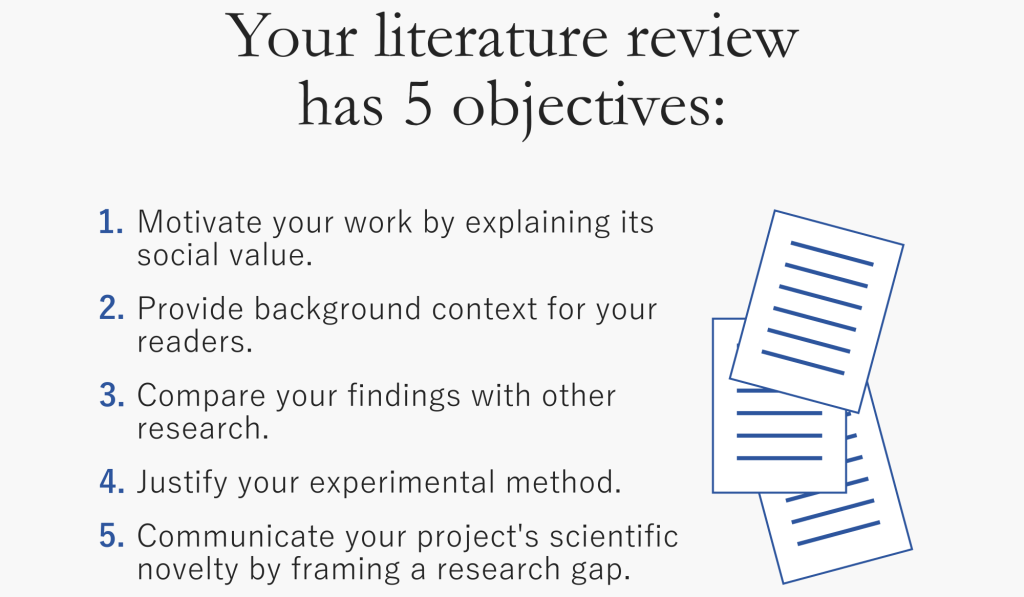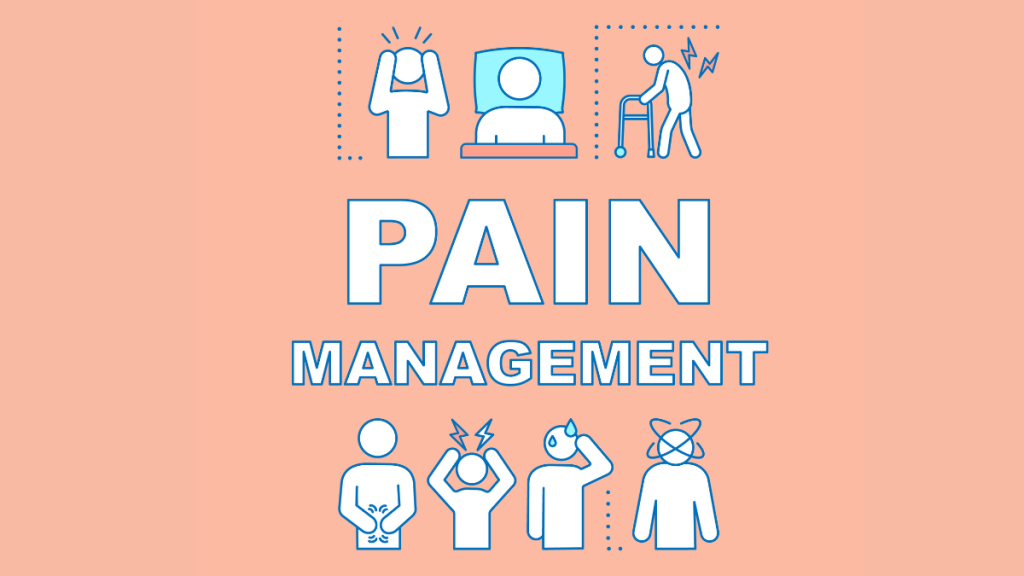
Table of Contents
Pain management is a crucial aspect of nursing practice, impacting the well-being and quality of life of countless patients. As a nurse, understanding the multifaceted nature of pain and exploring effective management strategies is paramount. Conducting and writing a robust nursing research paper on pain management can be a rewarding endeavor, offering valuable insights and potentially influencing clinical practice.
This comprehensive guide will equip you with the knowledge and strategies to craft a stellar nursing research paper on pain management, from conceptualizing the study to crafting a compelling manuscript.
What is Pain Management?
Pain management is a multifaceted field that focuses on alleviating and controlling pain, both acute and chronic, using a variety of methods. This includes pharmacological interventions, such as medications, as well as non-pharmacological approaches like physical therapy, acupuncture, and cognitive-behavioral therapy.
A nursing research paper on pain management can explore various aspects of this field. It could delve into the effectiveness of different pain management techniques for specific conditions, the impact of pain on patients’ quality of life, or the role of nurses in providing pain relief.
Furthermore, a nursing research paper on pain management could examine the challenges of pain management, such as the development of drug resistance, the ethical considerations surrounding opioid use, or the need for individualized pain management plans.

Ultimately, nursing research papers on pain management contribute to the advancement of knowledge and practice in this crucial area of healthcare.
Steps for Crafting a Nursing Research Paper on Pain Management
1. Identifying a Relevant Research Question:
The first step in embarking on any research journey is formulating a clear and focused research question. This question will guide the entire research process, dictating the study design, methodology, and data analysis. A well-crafted research question for a nursing research paper on pain management should be:
- Specific: Avoid broad, general questions that are difficult to answer definitively.
- Measurable: The research question should be quantifiable and allow for objective data collection.
- Achievable: Consider your resources, time constraints, and the feasibility of answering the question.
- Relevant: The research question should address a significant gap in knowledge or clinical practice in pain management.
- Time-bound: Clearly define the timeframe for conducting the research.
Examples of potential research questions for a nursing research paper on pain management:
- “What is the effectiveness of multimodal pain management strategies in reducing postoperative pain intensity and duration in patients undergoing abdominal surgery?”
- “How does the use of aromatherapy impact pain perception and anxiety levels in patients with chronic back pain?”
- “What are the barriers and facilitators to implementing evidence-based pain management guidelines in a critical care setting?”
- “What is the lived experience of chronic pain management in older adults?”
2. Conducting a Comprehensive Literature Review:
A thorough literature review is essential for any research project, laying the foundation for your study and informing your research question. It also helps identify existing knowledge, gaps in research, and potential methodological approaches.
Key steps for conducting a comprehensive literature review:
- Define search terms: Utilize relevant keywords related to pain management, such as “pain assessment,” “pain management strategies,” “non-pharmacological interventions,” “opioid use,” and “chronic pain.”
- Identify relevant databases: Explore databases such as CINAHL, PubMed, PsycINFO, and Cochrane Library to access peer-reviewed nursing research articles, systematic reviews, and clinical practice guidelines.
- Evaluate sources: Critically assess the quality of articles based on their methodology, sample size, findings, and conclusions.
- Synthesize findings: Summarize the key themes and research findings from your literature review, highlighting any inconsistencies, gaps, or areas requiring further investigation.

3. Choosing a Suitable Research Design:
Selecting the appropriate research design is crucial for ensuring the validity and reliability of your findings. The choice of design depends on your research question and the type of data you wish to collect. Common research designs used in nursing research on pain management include:
- Quantitative studies: These involve collecting and analyzing numerical data to test hypotheses and establish relationships between variables. Examples include randomized controlled trials, cohort studies, and cross-sectional surveys.
- Qualitative studies: These explore subjective experiences and perceptions through interviews, focus groups, or observations. Examples include phenomenological studies, grounded theory, and ethnographic research.
- Mixed methods studies: These combine quantitative and qualitative approaches to provide a more comprehensive understanding of the research phenomenon.
4. Developing a Robust Methodology:
The methodology section of your nursing research paper on pain management outlines the specific procedures and strategies used to collect and analyze data. This section should be detailed and transparent, allowing readers to understand how the study was conducted and to assess its rigor.
Key components of a robust methodology:
- Population and sample: Clearly define the target population and sampling methods used to recruit participants.
- Data collection methods: Describe the instruments used for data collection, such as questionnaires, interviews, observations, or physiological measures. Ensure the reliability and validity of these instruments.
- Data analysis techniques: Specify the statistical methods or qualitative analysis techniques used to analyze the collected data.
- Ethical considerations: Outline the ethical safeguards implemented to protect participant privacy, confidentiality, and well-being. Obtain informed consent and adhere to relevant ethical guidelines.

5. Presenting and Analyzing Your Findings:
Once data is collected, it must be carefully analyzed and presented in a clear and concise manner.
Key elements of the findings section:
- Descriptive statistics: Provide a summary of the collected data using tables, figures, and graphs to illustrate key trends and characteristics of the sample.
- Inferential statistics: Use appropriate statistical tests to draw conclusions about the relationships between variables and to test hypotheses.
- Qualitative analysis: For qualitative studies, present themes, categories, and key insights derived from the data analysis.
- Interpretation of findings: Clearly explain the significance of your findings in relation to the research question and existing literature. Discuss any limitations of the study and potential implications for clinical practice.
6. Writing a Compelling Discussion Section:
The discussion section is where you interpret your findings and draw meaningful conclusions.
Key components of a strong discussion section:
- Summary of findings: Briefly reiterate the key findings of your nursing research paper on pain management, emphasizing their significance and implications.
- Discussion of results: Relate your findings to existing literature, highlighting any similarities, contradictions, or areas of new knowledge.
- Theoretical implications: Discuss how your findings contribute to the understanding of pain management and how they might inform existing theories or models.
- Clinical implications: Translate your research findings into practical recommendations for nurses and other healthcare professionals.
- Limitations of the study: Acknowledge any methodological limitations that might have influenced the findings and suggest potential areas for further research.
7. Crafting a Strong Conclusion:
The conclusion is the final section of your nursing research paper on pain management, providing a concise summary of the study’s key findings and their implications.
Key elements of a strong conclusion:
- Restatement of research question: Briefly reiterate the research question that guided the study.
- Summary of key findings: Summarize the most significant findings of the study in a clear and concise manner.
- Implications for practice: Discuss the potential implications of your findings for nursing practice, highlighting how they can be used to improve patient care.
- Future directions: Suggest potential areas for future research to further explore the topic and address any limitations identified in the study.
8. Writing a Polished Manuscript:
Once you have gathered all the necessary components, it is time to write a polished and well-organized manuscript.
Key considerations for writing a manuscript:
- Organization: Follow a logical structure, typically including an introduction, literature review, methodology, findings, discussion, and conclusion.
- Clarity and conciseness: Write in a clear and concise style, avoiding jargon and overly technical language.
- APA style: Ensure your manuscript adheres to the American Psychological Association (APA) style guidelines for formatting, referencing, and citations.
- Proofreading and editing: Thoroughly proofread your manuscript for grammar, spelling, and punctuation errors. Consider seeking feedback from colleagues or mentors for further editing and refinement.
9. Submitting Your Manuscript for Publication:
Once you have completed your manuscript, choose a reputable journal that aligns with your research area and target audience.
Key steps for submitting your nursing research paper on pain management for publication:

- Identify suitable journals: Explore journals that specialize in nursing research, pain management, or related fields.
- Read the journal’s guidelines: Familiarize yourself with the specific formatting and submission requirements of the chosen journal.
- Prepare your manuscript: Ensure your manuscript meets the journal’s criteria for formatting, length, and content.
- Submit your manuscript: Follow the journal’s submission instructions and provide all necessary supporting documents.
- Respond to reviewer feedback: If your manuscript is accepted for publication, be prepared to respond to any reviewer feedback and revise your manuscript accordingly.
Disseminating Your Nursing Research Paper
After publication, it is important to disseminate your findings to a wider audience, potentially influencing clinical practice and contributing to the advancement of nursing knowledge.
Ways to disseminate your nursing research paper on pain management:
- Presentations at conferences: Present your research findings at relevant conferences to share knowledge and engage with other researchers.
- Journal publications: Publish your research in reputable journals to reach a broader audience of nurses, healthcare professionals, and researchers.
- Social media: Share your findings on social media platforms, using relevant hashtags to increase visibility and engagement.
- Professional networking: Connect with colleagues and mentors in the field to discuss your research and its implications for practice.
Topic Examples for a Nursing Research Paper on Pain Management
Here are 6 examples of compelling topics for a nursing research paper on pain management:
- The Effectiveness of Mindfulness-Based Interventions in Reducing Chronic Pain Intensity and Improving Quality of Life: This nursing research paper on pain management could explore the efficacy of mindfulness practices, such as meditation and yoga, in managing chronic pain. The study could assess pain levels, mood, sleep quality, and overall well-being in participants who engage in mindfulness interventions compared to a control group.
- Exploring the Barriers and Facilitators to Implementing Evidence-Based Pain Management Guidelines in the Emergency Department: This nursing research paper on pain management could investigate the factors that hinder or promote the implementation of evidence-based guidelines for pain management in emergency settings. The study could analyze healthcare providers’ attitudes, knowledge, and beliefs about pain management, as well as organizational factors that influence practice.
- The Lived Experience of Pain Management in Patients with Cancer: This nursing research paper on pain management could delve into the subjective experiences of cancer patients in managing pain. Qualitative methods like interviews and focus groups could be used to uncover themes related to coping mechanisms, emotional impact, and the role of healthcare professionals in supporting patients’ pain management journey.
- Evaluating the Impact of Non-Pharmacological Pain Management Strategies on Postoperative Pain Control in Patients Undergoing Total Knee Replacement: This nursing research paper on pain management could investigate the effectiveness of non-pharmacological interventions like cold therapy, physical therapy, and cognitive-behavioral techniques in reducing postoperative pain and improving functional recovery after knee replacement surgery.
- The Role of Nurses in Promoting Patient-Centered Pain Management in the Home Health Setting: This nursing research paper on pain management could explore the strategies that home health nurses utilize to empower patients in managing their pain effectively at home. The study could investigate the nurses’ communication skills, pain assessment practices, and the use of non-pharmacological interventions in the home environment.
- Assessing the Impact of Opioid Education Programs on Nurse Attitudes and Practices in Pain Management: This nursing research paper on pain management could evaluate the effectiveness of educational programs designed to improve nurses’ understanding of opioids and their safe and appropriate use in pain management. The study could assess changes in nurses’ knowledge, attitudes, and practices regarding opioid prescribing and administration.
Crafting a stellar nursing research paper on pain management requires careful planning, rigorous methodology, and clear communication of findings. By following the steps outlined in this guide, you can contribute to the growing body of knowledge on pain management and potentially influence clinical practice to improve patient outcomes.

Remember, the journey of research is a collaborative one, so don’t hesitate to seek guidance from mentors, colleagues, and experts in the field. Through dedication, persistence, and a commitment to excellence, you can make a significant impact on the lives of patients experiencing pain.
Get Customized Nursing Research Paper Writing Help
Crafting a powerful nursing research paper on pain management could still be an uphill task, especially to beginners. However, you can easily avoid the stress of writing assignments with professional help from PhD Nurse Writer. We offer customized academic writing services for nursing research papers, essays, case studies and dissertations.





